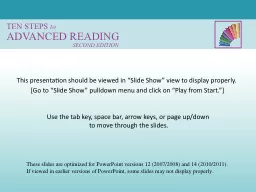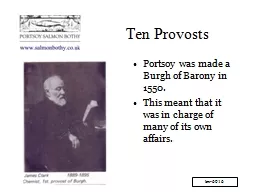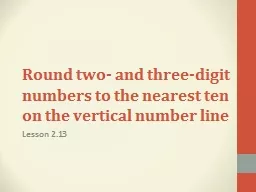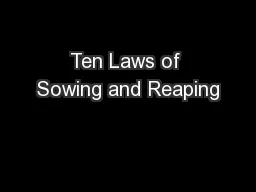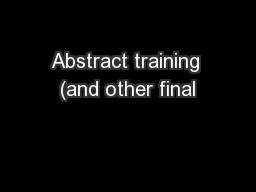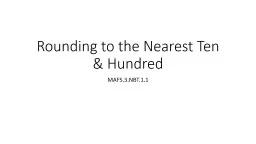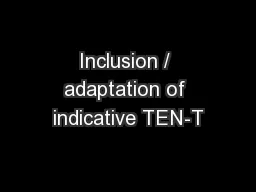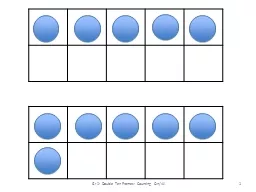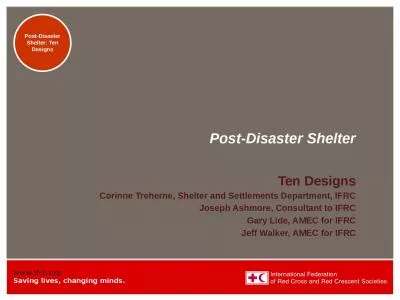PPT-TEN STEPS
Author : liane-varnes | Published Date : 2016-04-01
to ADVANCED READING SECOND EDITION Use the tab key space bar arrow keys or page updown to move through the slides Go to Slide Show pulldown menu and click on Play
Presentation Embed Code
Download Presentation
Download Presentation The PPT/PDF document "TEN STEPS" is the property of its rightful owner. Permission is granted to download and print the materials on this website for personal, non-commercial use only, and to display it on your personal computer provided you do not modify the materials and that you retain all copyright notices contained in the materials. By downloading content from our website, you accept the terms of this agreement.
TEN STEPS: Transcript
Download Rules Of Document
"TEN STEPS"The content belongs to its owner. You may download and print it for personal use, without modification, and keep all copyright notices. By downloading, you agree to these terms.
Related Documents

